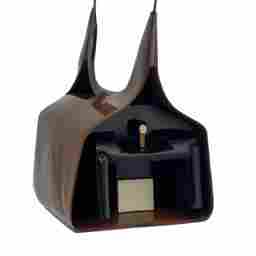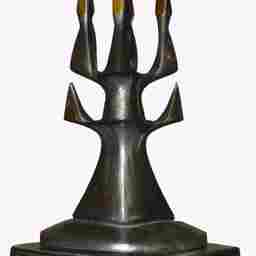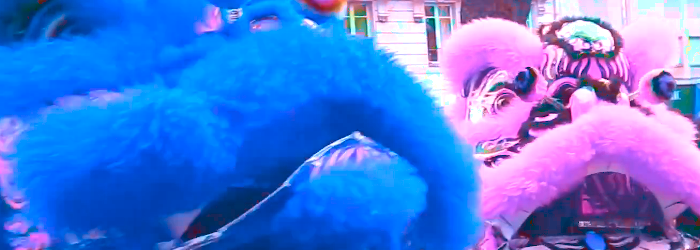
|

|

|
|
75.99 €
75.99 €
|
20.99 €
7.99 €
|
799.99 €
699.99 €
|
Tiah-la Review / How to carve a progressive masterpiece out of Chinese traditional dance

15 years have passed since her first worldwide success "SALS": 15 years she's been pumping into Western veins the nocturnal, animal, but radically euphoric dynamics of her routines. To really gauge her influence, just note how her signature ethereal double-stepping move is now pop culture.
Her new piece, homonymously named "Tiah-La", begins festively with soap bubbles and traditional Chinese lion dance. For the non-Chinese readers, lion dance is a wish for prosperity and good luck, and a fundamental part of Chinese identity. Even more for us expats: this dance is celebrated by overseas Chinese communities all around the globe, as a symbol of belonging and common cultural identity.
As a second-generation Chinese immigrant overseas, I know how traditional celebrations can become stale when iterated by nostalgic seniors. Luckily, this concern couldn't apply less to Tiah-La's work. She revisits the lion dance, providing new vigour: gloomy, but at the same time open and joyful. She is clearly able to mix tradition and contemporaneity, and then mix them again, and again, building a complex, layered structure with motion.
If you're not into masked dances - don't worry. Tiah-La's piece soon leaves lions behind, delving into the depths of identity and multiformity. She herself identifies as non-binary, and clearly gender and expression are also fundamental parts of her mix.
Ms Tiah-La came to dance quite late in her life. She is originally from a family of fishmongers, and worked as a child in the seafood market of Wuhan, China. In her career as a performance artist, she has been able to tap into the primal forces that she grew up with: the dark sea at night, cryptic but benevolent water creatures, salt and ice. She always uses water onstage, together with holographic colours that recall the skin of fish.
Tiah-La previewed in Italy and Iran, where it was sold out in a few days. This is an encouraging sign, showing that different sensibilities around identity and gender are becoming more and more welcome even in less progressive countries.
A final remark. Usually, as I leave a theatre, I look around to gauge the reaction of the audience. This time, it is not the reaction that surprised me, but the crowd itself. More precisely, their age. The viewers were not all cosmopolite, young, and Chinese, as I expected. The vast majority was much older, and not even Asian. This is heart-warming, and proves that contemporary sensibilities are for everybody, no matter the age and nationality.
